The Impact on Government Contracting Companies
Government contracting entities often incur considerable expenses associated with the performance of research and development activities — both on behalf of their government agency clients and for the benefit of their own trade or business.
In some cases, research and experimental (R&E) expenditures may represent a significant cost on a government contracting company’s income statement. Given the potential magnitude of the expenses for these companies, government contractors should be aware of the impact of new federal tax amortization provisions addressing the recovery of R&E expenditures described in further detail below.
Under the 2017 Tax Cuts and Jobs Act (TCJA), R&E expenditures incurred or paid for tax years beginning after December 31, 2021, will no longer be immediately deductible for tax purposes. Instead, businesses are now required to capitalize and amortize R&E expenditures over a period of five years for research conducted within the U.S. or 15 years for research conducted in a foreign jurisdiction. The new mandatory capitalization rules also apply to software development costs, regardless of whether the software is developed for sale or license to customers or for internal use.
Tax Implications of Mandatory Capitalization Rules
Under the new mandatory capitalization rules, amortization of R&E expenditures begins from the midpoint of the taxable year in which the expenses are paid or incurred, resulting in a negative Year 1 tax and cash flow impact when compared to the previous rules that allowed an immediate deduction.
For example, assume a calendar year company incurs $50 million of U.S. R&E expenditures in 2022. Prior to the TCJA amendment, the company would have immediately deducted all $50 million on its 2022 tax return. Under the new rules, however, the company will be entitled to deduct amortization expenses of only $5 million in 2022, calculated by dividing $50 million by five years and then applying the midpoint convention. The example’s $45 million decrease in Year 1 deductions emphasizes the magnitude of the impact of the new rules on companies that engage directly or indirectly (through certain contract arrangements, as discussed later on) in research and development.
The new rules present additional issues for consideration by businesses that invest in R&E, and we examine some of the key issues and questions in this insight.
Treatment of Contract Research and Experimental Costs
Many questions persist related to the implications of the new rule on contract research arrangements involving multiple parties. The existing regulations addressing the treatment of R&E expenditures clarify that costs incurred by a taxpayer to hire another party to perform research activities on the taxpayer’s behalf are generally considered R&E expenditures of the taxpayer. However, the regulations do not explicitly address whether the party that performs the research on behalf of the other party must also treat its amounts incurred as R&E expenditures. For taxpayers that exclusively perform research on behalf of their government agency clients and are subsequently reimbursed or compensated for their efforts, the implications of how the new rule will apply to the computation of taxable income can be significant. There could be a potential timing mismatch between when income is recognized and when the related expenses are deducted (if the expenses are actually considered the taxpayer’s R&E expenditures).
Representatives from the IRS and Treasury Department have recently indicated the government’s intent to release substantive and procedural guidance in the near future for the treatment of R&E expenditures under TCJA. It is possible that this particular issue will be addressed in such guidance. In the meantime, taxpayers are encouraged to examine their specific facts and circumstances — including how they are compensated (e.g., under fixed price arrangements versus time and materials or cost reimbursement arrangements) and whether they retain any rights to the research — when evaluating how to treat their expenses under existing guidance.
Identifying and Documenting R&E Expenditures
Unless repealed or delayed by Congress, the new mandatory amortization rules apply for tax years beginning after December 31, 2021. Taxpayers with R&E activities should begin assessing what actions are necessary to identify qualifying expenditures and to ensure compliance with the new rules. Some taxpayers may be able to leverage information from existing financial reporting systems or tracking procedures to identify R&E. For instance, companies may already be identifying certain types of research costs for financial reporting under ASC 730 or calculating qualifying research expenditures for purposes of the research tax credit. On the other hand, companies that are not currently identifying R&E costs for other purposes may have to undertake a more robust analysis, including performing interviews with operations and financial accounting personnel and developing reasonable allocation methodologies to the extent that a particular expense (e.g., rent) relates to both R&E and non-R&E activities.
Importantly, all taxpayers with R&E expenditures, regardless of size, should gather and retain contemporaneous documentation necessary for the identification and calculation of costs amortized on their tax return. This documentation can play a critical role in sustaining a more favorable tax treatment upon examination by the IRS.
Impact on Financial Reporting Under ASC 740
Taxpayers also need to consider the impact of the mandatory capitalization rules on their tax provisions. In general, the addback of R&E expenditures in situations where the amounts are deducted currently for financial reporting purposes will create a new deferred tax asset. Although the book/tax disparity in the treatment of R&E expenditures is viewed as a temporary difference (the R&E amounts will eventually be deducted for tax purposes), the ancillary effects of the new rules could have other tax impacts, such as on the calculation of global intangible low-taxed income (GILTI) inclusions and foreign-derived intangible income (FDII) deductions, which ordinarily give rise to permanent differences that increase or decrease a company’s effective tax rate. The U.S. valuation allowance assessment for deferred tax assets could also be affected due to an increase in taxable income. Further, changes to both GILTI and FDII amounts should be considered in valuation allowance assessments, as such amounts are factors in forecasts of future profitability.
Will the New Rules Be Delayed?
Although there is considerable bipartisan support to delay the effective date or completely repeal the mandatory capitalization rule for R&E expenditures, Congress was unable to enact any legislative changes related to section 174 by the end of 2022. Accordingly, as of the date of this publication, the original effective date contained in the TJCA for the mandatory capitalization of R&E expenditures – taxable years beginning after December 31, 2021 – remains in place.
In late December 2022, the IRS released Rev. Proc. 2023- 11, which provides taxpayers with procedural guidance for changing their existing methods of accounting to comply with the new rule. Additional substantive guidance from the IRS is expected shortly, should the effective date of the rule remain as-is. Companies should therefore continue to monitor the legislative process for any potential changes to section 174 and, if applicable, keep an eye out for the release of any updated guidance from the IRS.
How We Can Help
The changes to the tax treatment of R&E expenditures can be complex. While taxpayers and tax practitioners alike remain hopeful that Congress will agree on a bill that allows for uninterrupted immediate deductibility of these expenditures, companies should start considering the implications of the new rules as currently enacted.
For example, the new mandatory capitalization rules and the resulting increase in taxable income will likely impact the computation of quarterly estimated tax payments and extension payments owed for the 2022 tax year. Even taxpayers with net operating loss (NOL) carryforwards should be aware of the tax implications of the new rules. They may find themselves utilizing more NOLs than expected in 2022 and future years, or they may end up in a taxable position if the deferral of the R&E expenditures is material (or if NOLs are limited under IRC Section 382 or the TCJA).
Written by Connie Cunningham, Meredith Pilaro and Peter Pentland. Copyright © 2023 BDO USA, LLP. All rights reserved. www.bdo.com





